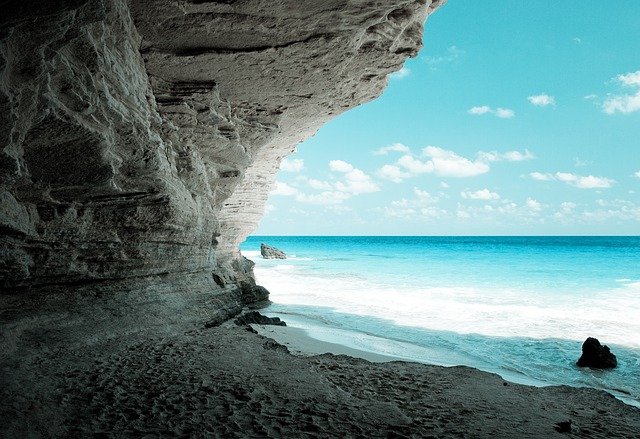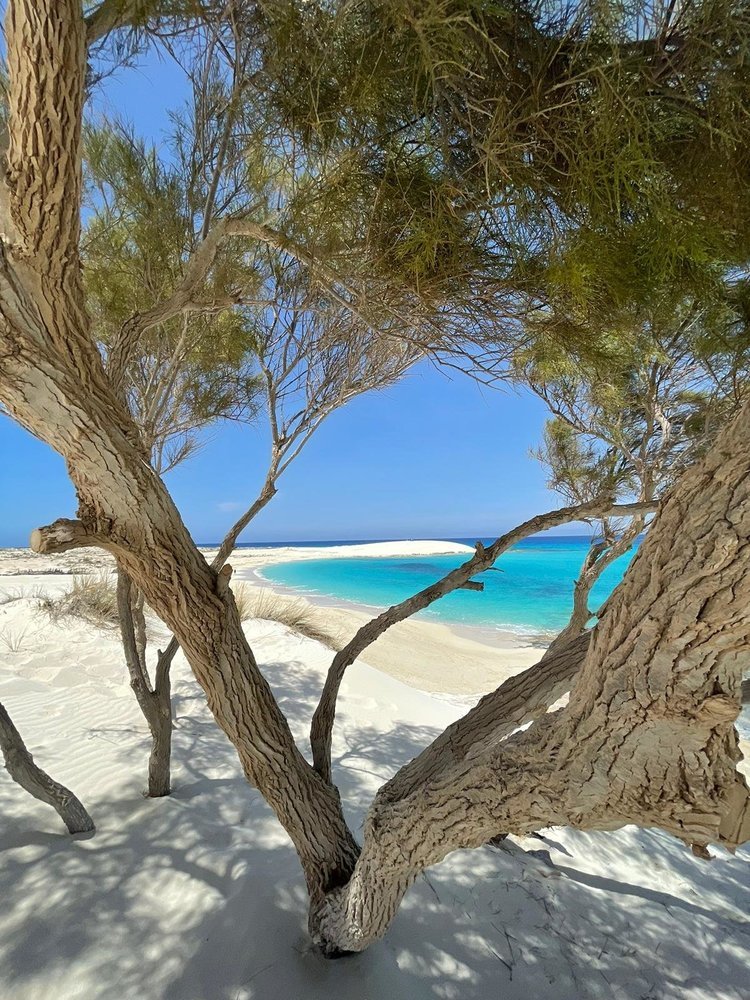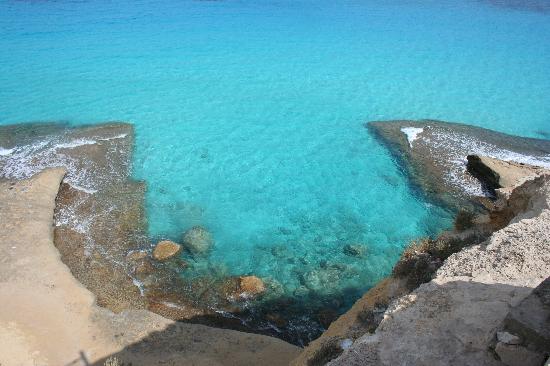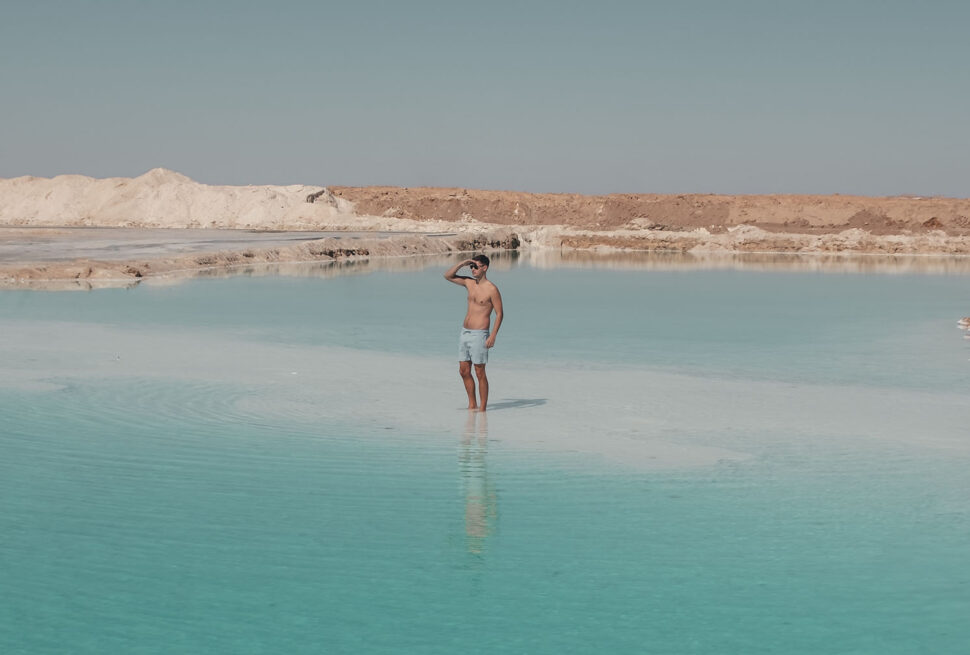
Introduction
Exploring Matrouh‘s Rich Cultural Heritage
Matrouh, located on the stunning north coast of Egypt, is a treasure trove of cultural heritage. Walking through its bazaars, I’m often struck by the vibrant colors and the welcoming smiles of the locals. Their traditions run deep, weaving a tapestry of experiences that reflect the region’s history and spirit.
Significance of Local Culture Preservation
Preserving this cultural identity is vital for several reasons:
- Connection to History: It anchors the community to its past.
- Community Pride: It fosters a sense of pride amongst locals.
- Cultural Diversity: It enriches the global cultural landscape.
Experiencing Matrouh is like stepping into a living museum, where the old and new harmoniously coexist.

Historical Influences on Matrouh
Ancient Egyptian Civilization
Matrouh’s history is steeped in the grandeur of Ancient Egyptian civilization. I often find myself imagining the lives of those who once walked along its shores, trading goods and sharing stories. The remnants of their artistry can still be felt in local craftsmanship and customs.
- Cultural Relics: Hieroglyphs and ancient artifacts remind us of their sophisticated society.
- Trade Routes: The region served as a hub for trade, linking Egypt with other Mediterranean cultures.
Ottoman Empire’s Legacy
Transitioning through time, the influence of the Ottoman Empire further shaped Matrouh’s heritage. I frequently visit the historic sites that showcase this legacy, reflecting a blend of cultures.
- Architectural Styles: Ottoman architecture in local mosques and buildings is simply stunning.
- Culinary Influence: The fusion of flavors in traditional dishes still echoes Ottoman kitchens.
Together, these historical influences create a rich cultural tapestry that makes Matrouh truly unique.

Traditional Arts and Crafts of Matrouh
Handwoven Textiles
As I stroll through Matrouh, I’m often captivated by the vibrant handwoven textiles that adorn local shops. The intricate designs tell stories of the region’s traditions and heritage. Each piece is crafted with love, using techniques passed down through generations.
- Materials Used: Natural fibers like cotton and wool.
- Patterns: Geometric and floral motifs reflecting local culture.
Pottery and Ceramics
Similarly, the pottery and ceramics of Matrouh are a delight to behold. Visiting local workshops, I often see artisans shaping clay, transforming it into stunning works of art.
- Color Palette: Bold reds, blues, and greens inspired by nature.
- Uses: From functional dishes to decorative pieces, each item is unique.
These traditional arts and crafts not only showcase the skills of local artisans but also continue to keep the spirit of Matrouh’s culture alive.

Culinary Delights of Matrouh
Indigenous Ingredients and Recipes
Walking through the bustling markets of Matrouh, I’m often surrounded by the rich aromas of indigenous ingredients that make up the region’s culinary landscape. Here, local farmers proudly sell fresh produce, from vibrant vegetables to fragrant herbs.
- Key Ingredients: Dates, olives, and locally caught fish.
- Traditional Techniques: Many recipes use methods passed down for generations, ensuring authenticity.
Popular Local Dishes to Try
When it comes to dining in Matrouh, the options are mouthwatering. One of my all-time favorites is the Sayadia, a delicious fish and rice dish bursting with flavor. You should definitely not miss:
- Koshari: A hearty mix of lentils, rice, and pasta.
- Fattah: A festive dish of bread, rice, and meat topped with tangy sauce.
Sampling these local dishes is like taking a tasty journey through Matrouh’s rich culinary traditions, leaving every visitor eager for more.

Festivals and Celebrations in Matrouh
Religious Festivities
One of the most heartwarming experiences in Matrouh is witnessing the vibrant religious festivities throughout the year. During Ramadan, the atmosphere transforms with special prayers, festive lights, and communal gatherings. I remember sharing Iftar meals with locals, connecting over delicious traditional dishes.
- Eid Celebrations: Marked by communal prayers and festive feasts.
- Mawlid: Celebrating the birth of the Prophet with parades and prayers.
Cultural Events and Carnivals
In addition to religious celebrations, Matrouh hosts lively cultural events and carnivals that showcase the community’s rich heritage. Walking through these gatherings, I am often drawn in by the music, dances, and exquisite crafts on display.
- Local Arts Festivals: Featuring traditional music, dance performances, and art exhibitions.
- Summer Carnivals: A colorful combination of parades, food stalls, and live entertainment.
These festivals and celebrations create an unforgettable tapestry of experiences that reflect the warmth and spirit of Matrouh’s culture.

Music and Dance Traditions in Matrouh
Folk Songs and Musical Instruments
Matrouh’s music has a soul of its own, echoing the region’s rich history and cultural heritage. During my visits, I’ve often listened to enchanting folk songs sung by locals around gatherings, each melody telling a different story.
- Instruments Used: The oud and darbuka create captivating rhythms.
- Themes: Folk songs often reflect daily life, love, and nature.
Traditional Dance Forms
Alongside music, traditional dance forms bring incredible energy to celebrations in Matrouh. I fondly remember watching jubilant performances during festivals, where dancers display vibrant costumes and joyful expressions.
- Popular Dances: The Dabke features synchronized group movements, captivating everyone present.
- Cultural Significance: Dance is a way for communities to come together, sharing stories through movement.
Together, these musical and dance traditions create a cherished cultural identity, inviting everyone to join in the rhythm of Matrouh.

Architecture and Heritage Sites
Influential Architectural Styles
As I wander through Matrouh, I’m continually awed by its diverse architectural styles, reflecting centuries of historical influences. From ancient structures to Ottoman designs, each building tells a story of its time.
- Key Features: Intricate tile work, tall archways, and vibrant colors.
- Blending Cultures: The fusion of different styles enhances the city’s charm.
Must-Visit Historical Landmarks
Among the remarkable landmarks, several stand out during my explorations. I always recommend visiting:
- The Alamein Memorial: A tribute to the soldiers of World War II, surrounded by stunning views.
- The Old Market: A vibrant spot to experience local life and traditional crafts.
These architectural wonders not only reflect Matrouh’s rich history but also invite visitors to delve deeper into the stories of its past.
Impact of Globalization on Matrouh’s Cultural Identity
Challenges and Opportunities
As I reflect on Matrouh’s charm, I can’t help but notice the impact of globalization on its cultural identity. While it brings exciting opportunities, such as increased tourism and cultural exchange, it also presents challenges.
- Challenges: Threats to traditional values and local craftsmanship.
- Opportunities: Access to global markets and a chance for cultural promotion.
Balancing Tradition with Modernization
Finding harmony between tradition and modernization is vital. During my visits, I often see locals embracing modern trends while still honoring their roots.
- Local Initiatives: Workshops promoting traditional crafts alongside contemporary art.
- Community Events: Festivals celebrating both heritage and modern influences.
This ongoing dialogue between the old and the new assures that Matrouh remains a vibrant tapestry of history and modernity.




